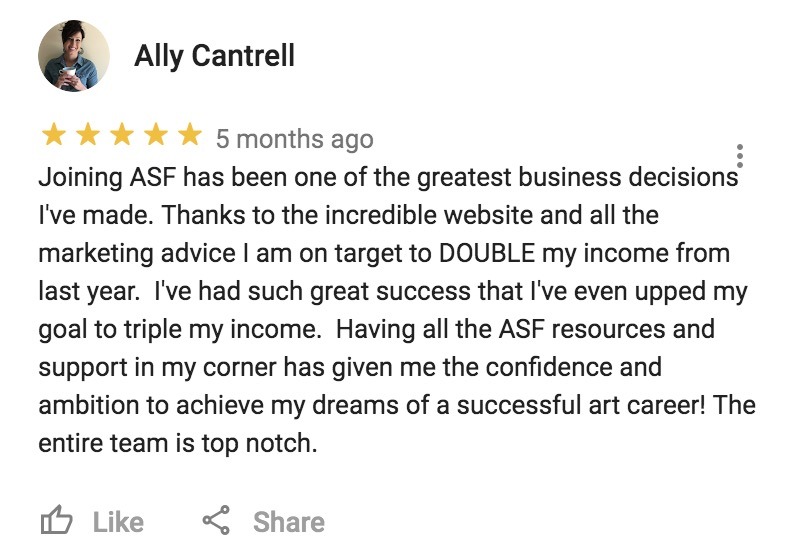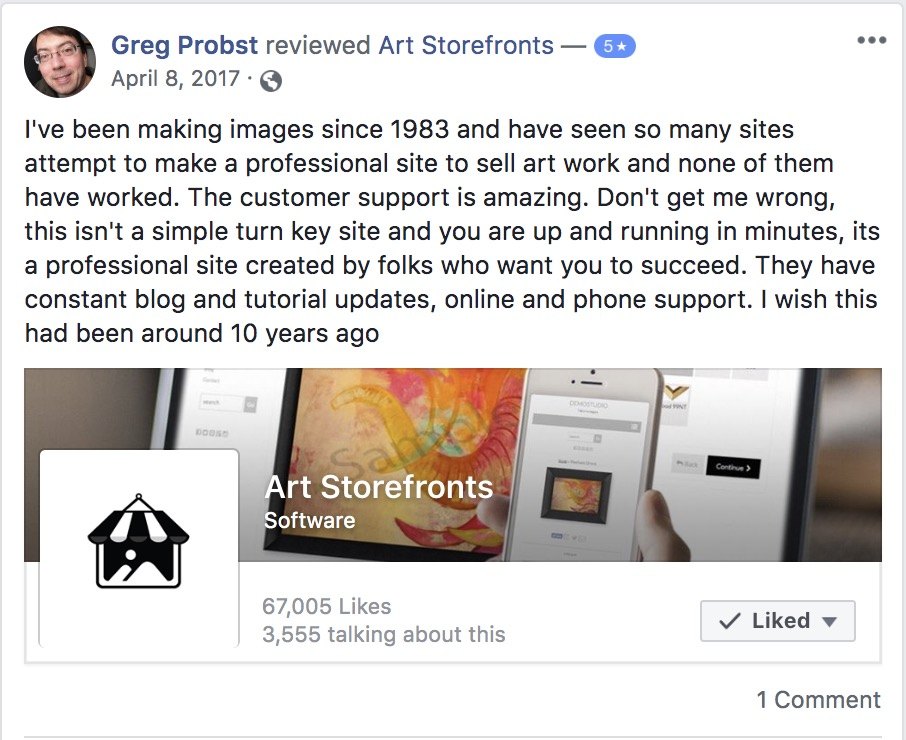Want to read this later?
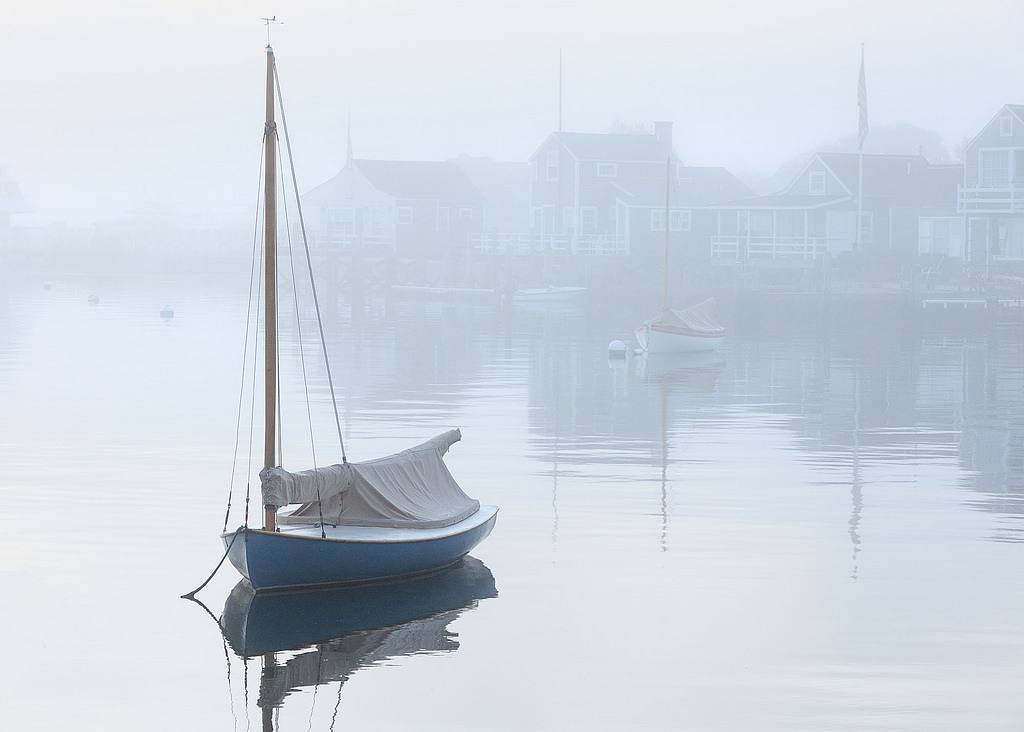
We'll send you a FREE PDF copy of this post, plus links to Jonah's website and Instagram account!
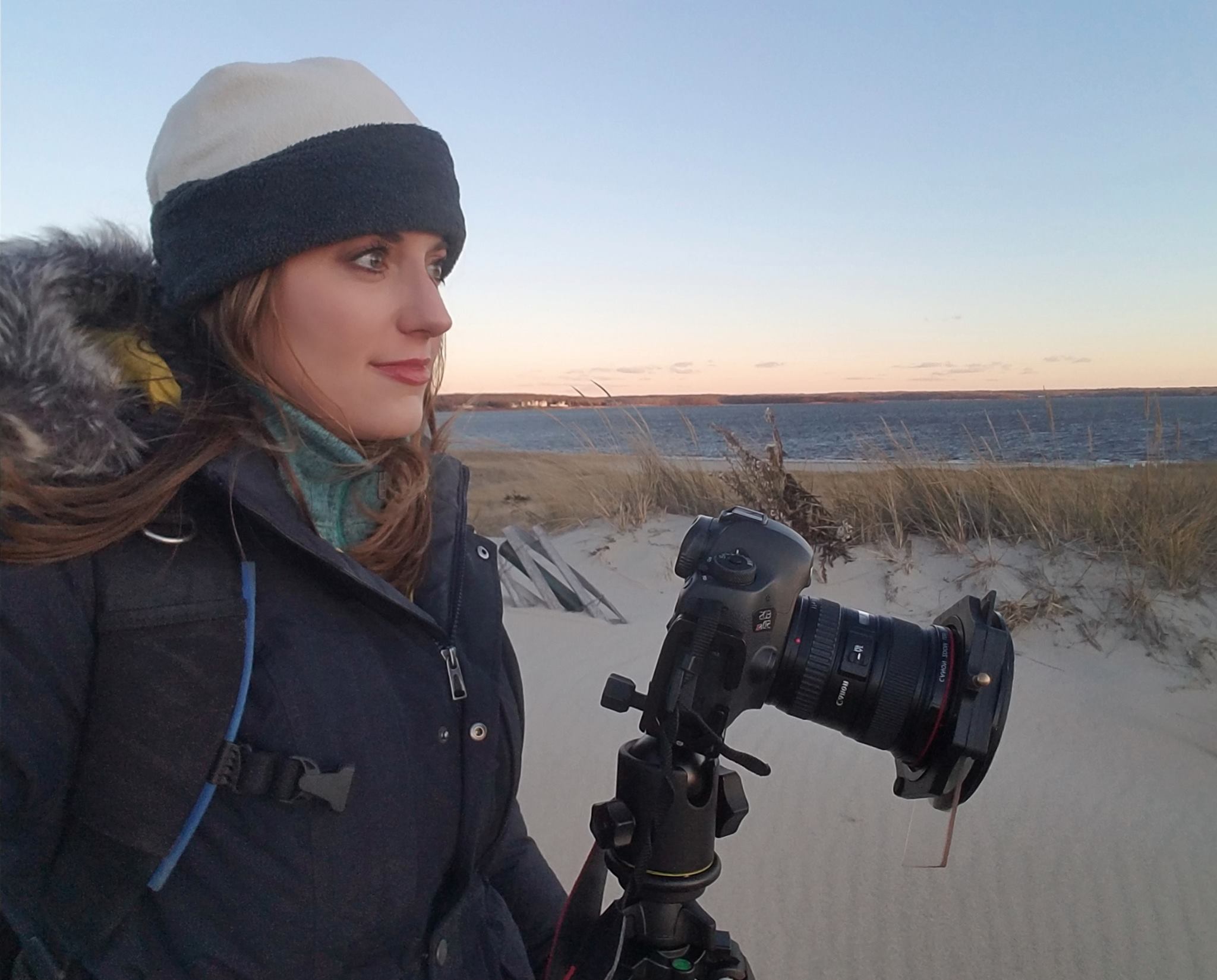
Photographer Katherine Gendreau
The dirty little secret about how to sell photography online? There is no secret. It's not a single feature. It's an important combination of features all working together to raise conversion rates, remove friction, and turn your site visitors into buyers.
While there is not a ton of transparent data available on the overall online art market what we do have is from the Uk based Insurance agency that covers art called Hiscox.
They release a yearly report on the art market that everybody tends to cite when talking about growth of the market.
It's cool in the sense that its yearly(you can look back at historical trends) and thorough.
The data in this report is likely not what you would expect but does follow the trend we see in pretty much all industries; the internet is disrupting everything.
According to Hiscox...
Those numbers make us feel all warm and fuzzy inside sure, but a better indicator of the market in our view is what the major players have done to meet the demand and capitalize. Your Art.coms, Saatchi's, Fine Art America's etc.
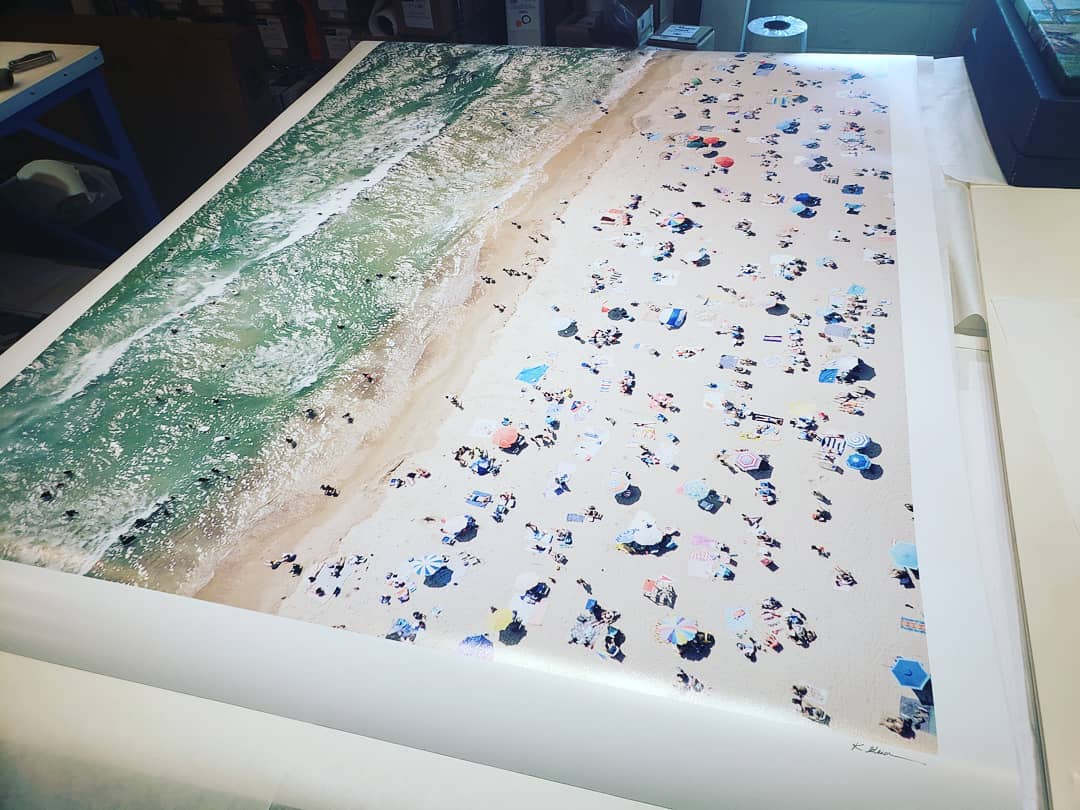
Picked up this 40x60 Satin print of "Over Misquamicut" for a client yesterday! This photo was meant to be printed large which is why I rented a helicopter to shoot it with my "big camera", but this is the largest I've seen it in print so far! Can't wait for my client to receive it
The major players have all invested a ton of $ into building online art buying experiences that are packed with features that attempt to mimic the offline buying experience and take it online.
Many artists and photogs have flocked to their sites to take advantage of these services but give up much in doing so; these sites discount like crazy, own the website traffic, and own the customer list. Moreover, they are packed with competition so even getting noticed in the first place is tough.
Meanwhile...
The everyday artist or photographer is likely motoring on, unhappy with their sales with their current website; either a pretty portfolio or site or perhaps an even an eCommerce enabled site that does not have the features you need to effectively convert visitors into buyers.
In both cases their is just too much friction which leaves your visitors bouncing instead of buying.
So lets define what features you need to effectively sell art online and to turn visitors into buyers.
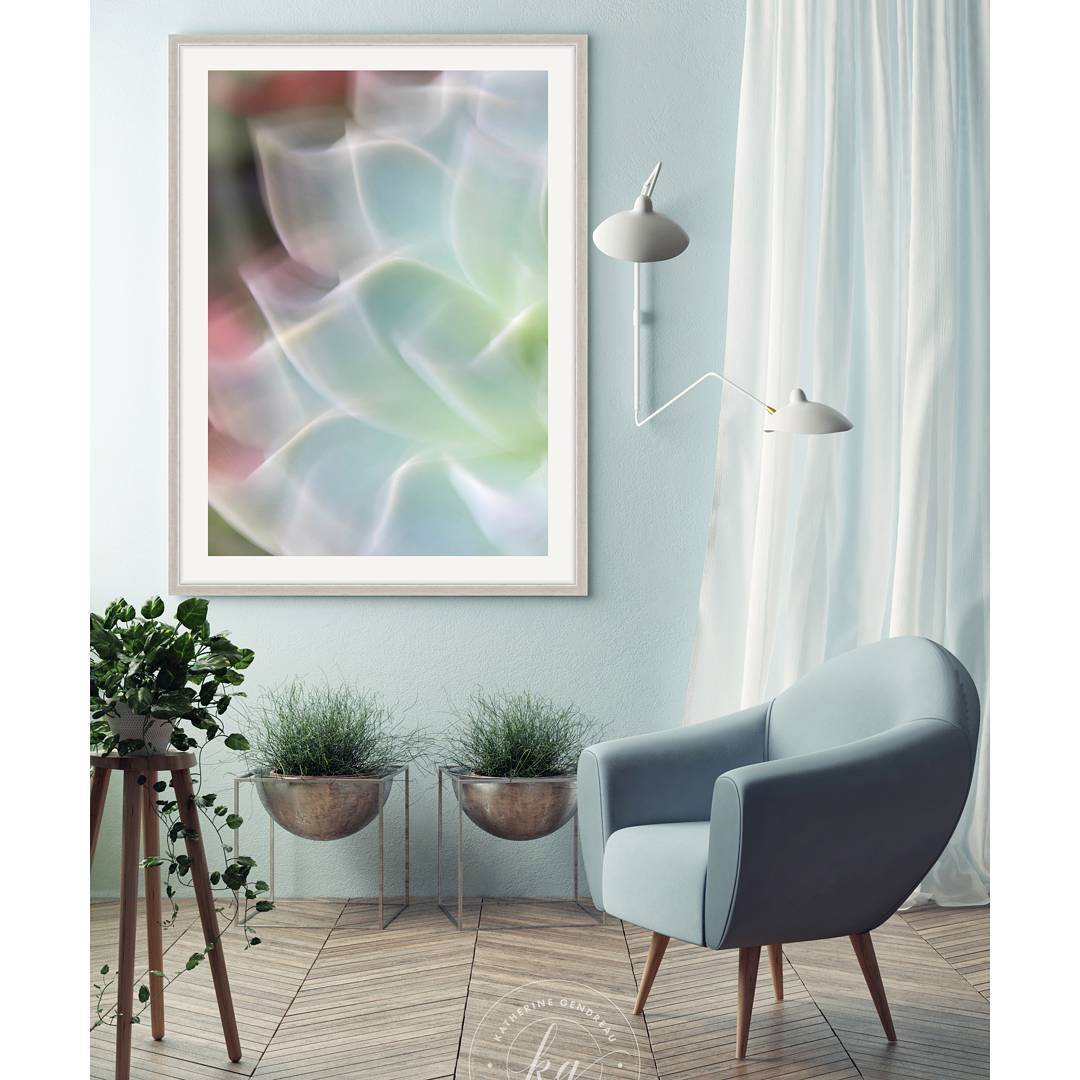
World of Color #5". Shown as a framed vertical print, but this one would also work well displayed horizontally.
Important to know in the list below. It's not any one feature, it's never any one feature. Its all of them working together — yes both the super sexy features and the less so — to raise your conversation rates and reduce friction which ultimately leads to more sales.
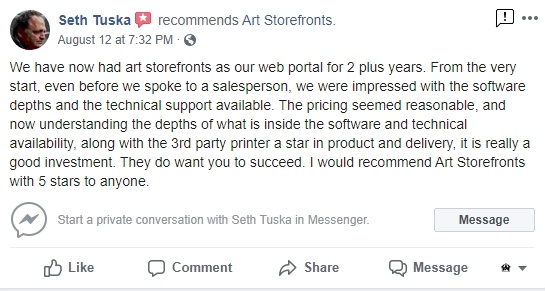
1. A buyer comes to your site, likes what they see
2. They consider buying it, they start thinking about their empty wall and wondering what size, if it will fit, and how the colors work in their space
3. They keep thinking about it. Its hard to visualize and they bounce telling themselves they will get back to it later(they usually don't).
Augmented reality(AR) solves for this scenario and a ton of others.
What is it?
The potential buy holds their cell phone and uses the camera to focus on the wall in question.
AR projects your art digitally on their wall through their phone.
Best part. All without downloading any app.

“Canvas gallery wrap.” You know what it is, we know what it is.
But most consumers do not.
This is the root of a huge problem in art websites – the flat, 2D image for sale with an option to buy it as a “canvas gallery wrap.”
Or as a metal print. Or an acrylic print. Or on luster paper or metallic photo paper.
There are so many art-related terms and phrases that we in the art industry take for granted that are utterly confusing to consumers.
The solution is the Live 3D Preview – a visual representation of what a given media type will actually look like.
Now, when a buyer selects the “canvas gallery wrap” option, they are able to immediately see a three dimensional representation of that image, as a canvas gallery wrap, hanging on a wall.
They immediately think, “Yes!! That’s what I’m looking for. That square-looking type of art I saw at Starbucks that sticks off the wall about two inches.”
Boom, you’ve removed a major piece of friction.

We have over 3,000 customers at Art Storefronts. Our data shows that 15-20% of all art purchases include a frame.
If you don't offer frames that is a ton of $ left on the table.
Equally important though is the visualization piece. Step one in this process is your potential customer buying the art. Step 2 is also buying the frame.
Having the framing preview on your website helps your potential customer visualize the piece and the framing options. It gets them one step closer to a buying decision, whether they buy the frame from your or not.
This visual experience allows them to make decisions on style, color, and texture, that would otherwise not be possible. Better still they do not have to leave your website to do it.
We regularly hear from interior designers that use the tool to help their clients visualize the potential options before they buy.

This one is all about producing those "This is what I want!" moments by allowing your customers to visualize your art.
STYLE + SIZE
They can pick their room type, add their actual wall paint color, and adjust the sizing until they find a perfect fit. It's one of the fastest ways to obliterate common objections that stand in the way of sales.

The image above shows an example of our “exploded” list of media type options.
In contrast, here is what most artist websites have, which is a simple dropdown menu with all the media type options trapped inside:

The difference this makes to your customers is enormous.
With an exploded list, the visitor immediately sees – right when they land on the page – every single media type available with a small thumbnail image, and they didn’t have to click or do anything at all to see them.
And it gets better. They can then simply hover over any media type that looks interesting to them to immediately see a full description, along with specifications and supportive images that show what the media type will look like as a finished print.
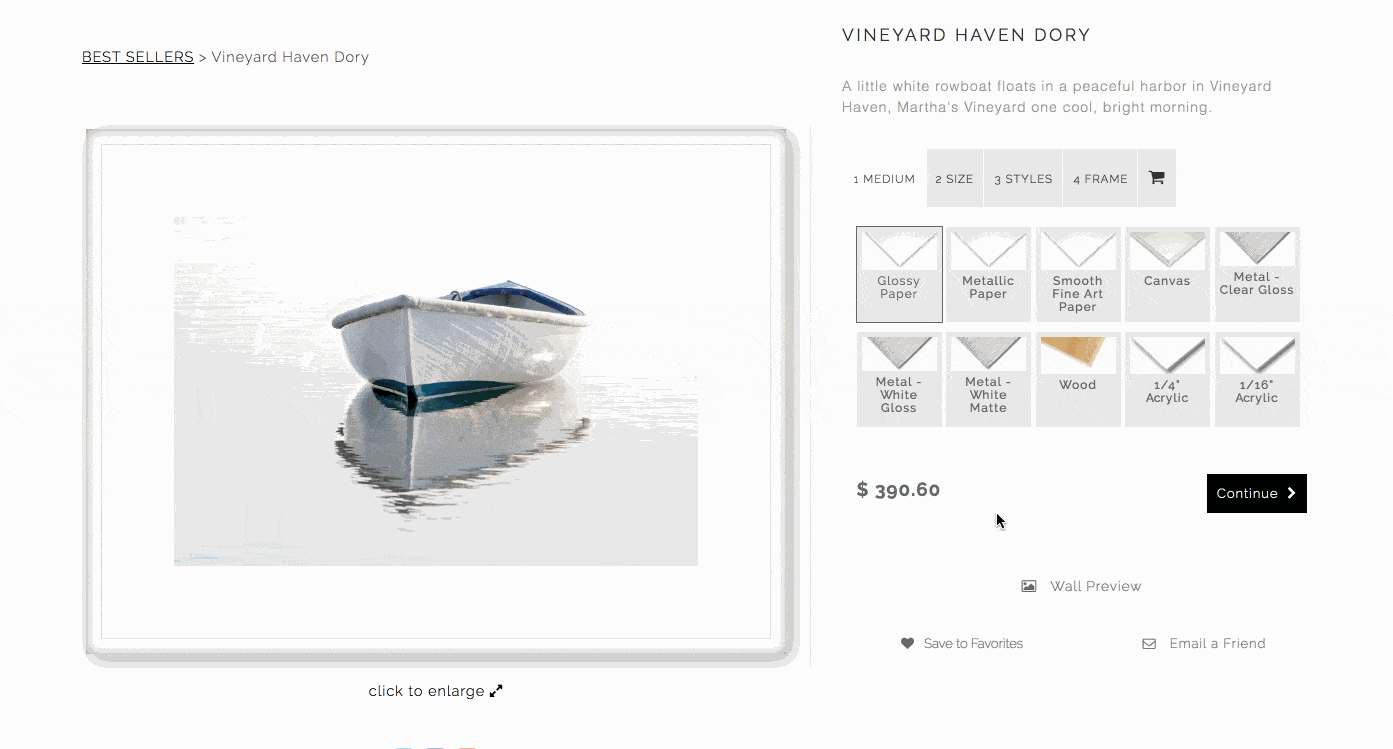
This is a far more effective way to sell art online when compared to the condensed, dropdown menu that requires visitors to click and click and click in order to view all of your options.
Whenever you introduce a frustrating element to your site design (like such an important feature being housed in a dropdown), you lose sales as a result. Over the years, this adds up to an enormous missed opportunity.

The work don't stop. The grind don't stop. #phew
With Art Storefronts, you can offer prints gallery wrapped, rolled up in a tube, matted, framed - whatever options you want.
This is important because it allows you to close more sales. If a wealthy buyer comes by your site and finds you only offer gallery-wrapped canvas, but they prefer to buy loose canvas prints and have them stretched themselves, well, another artist is going to capture that sale instead of you.

Less is more.
All of our website themes are thoughtfully designed to put the art front and center. No other elements compete for attention - the same way museums have large, white walls.
Minimalist design keeps the customer undistracted and on the path to completing their purchase.

It's a well-proven concept that containing the entire checkout process to a single page is key for maximizing your conversion rates.
One of our favorite case studies comes from the Vancouver 2010 olympic online store
The single page checkout process was the clear winner and led to lower cart abandon rates. Successful completion rate for the entire checkout process increased by 257.26%. Overall site conversion rate increased by 0.54%. We also observed some unexpected improvements during this experiment, like an increase of 8.54% in the average order value!
Make it easy for buyers to checkout, and more of them will. Doesn't get simpler than that.
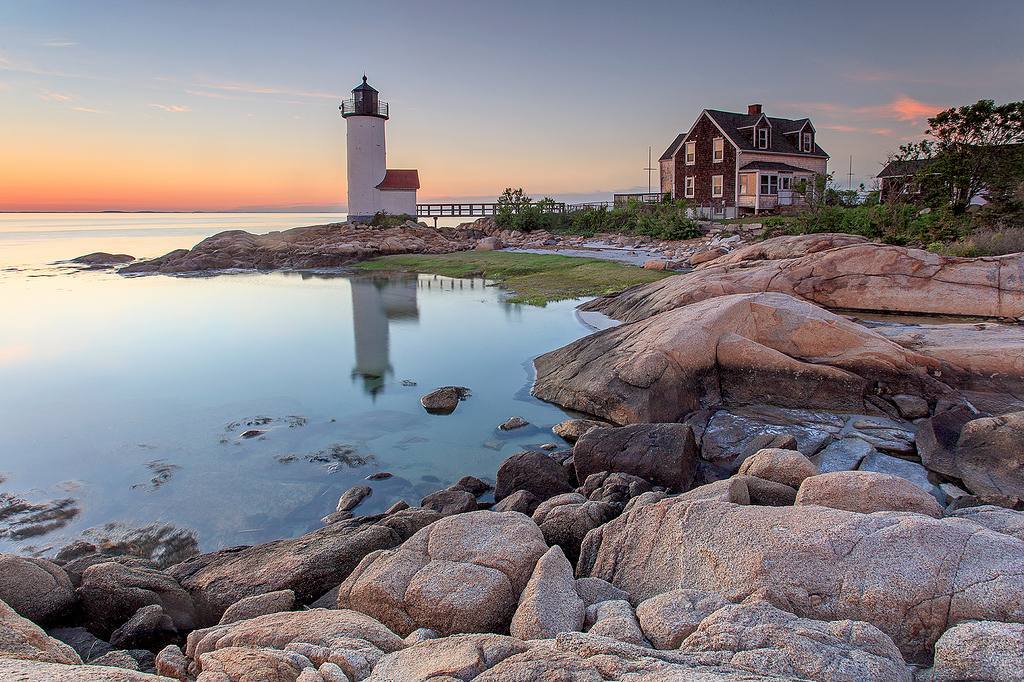
I have an irrational fear of driving on 95 north past the Boston area. This driving anxiety has kept me from exploring awesome places like Cape Ann, and this adorable quintessential New England lighthouse in Gloucester. It was a really beautiful evening, and I am so glad that I pushed through my anxiety to come out and explore. Don't let your fears keep you from doing stuff you want to do!
Now that half of all internet traffic takes place on mobile devices, the mobile ordering experience on your website needs to be just as effective as the desktop experience.
Failing to offer mobile ordering could be turning away 50% or more of your potential customers.
Equally important, Google will penalize you on the search results page if your site is not up to mobile and tablet standards.

There's a saying on Nantucket: "Fog Happens ". I found this to be especially true when I woke up to shoot a sunrise at the harbor, but got this blue foggy scene instead. This happens often when I travel to shoot - I rarely get the shots I had in mind when planning the trip. You work with the conditions you are given.
So, what will it be like?
Will it produce the same income it does today, or something much better?
As Steve Jobs put it, it takes 3-5 years to build anything meaningful.
This means that the decisions you make today will impact your life 3-5 years from now.
As such...if you’re still on the fence about what the next step is to grow your art sales, here’s some simple advice that we pass along to everyone:
If you have at least sold a decent amount of your art or photography to complete strangers, you’ve already proven that you have a real product and a real business.
This means you’re ready for the next step – which is to open your own art gallery business online.
If you only have a little time to devote to it, you can run it as a side business. You probably already spend time on something related to your art business (like reading this). Why not spend a couple hours a month to slowly build your art own art gallery business?
The best case scenario is you do it, you put in the work, you get the right features, and in 3-5 years you have a really great business you can live off of for decades to come.
Worst case scenario you give it a try, it doesn't work out, and your life goes back to where it is right now.
There’s only one way to find out.
Want to talk it over with one of our success coaches?
